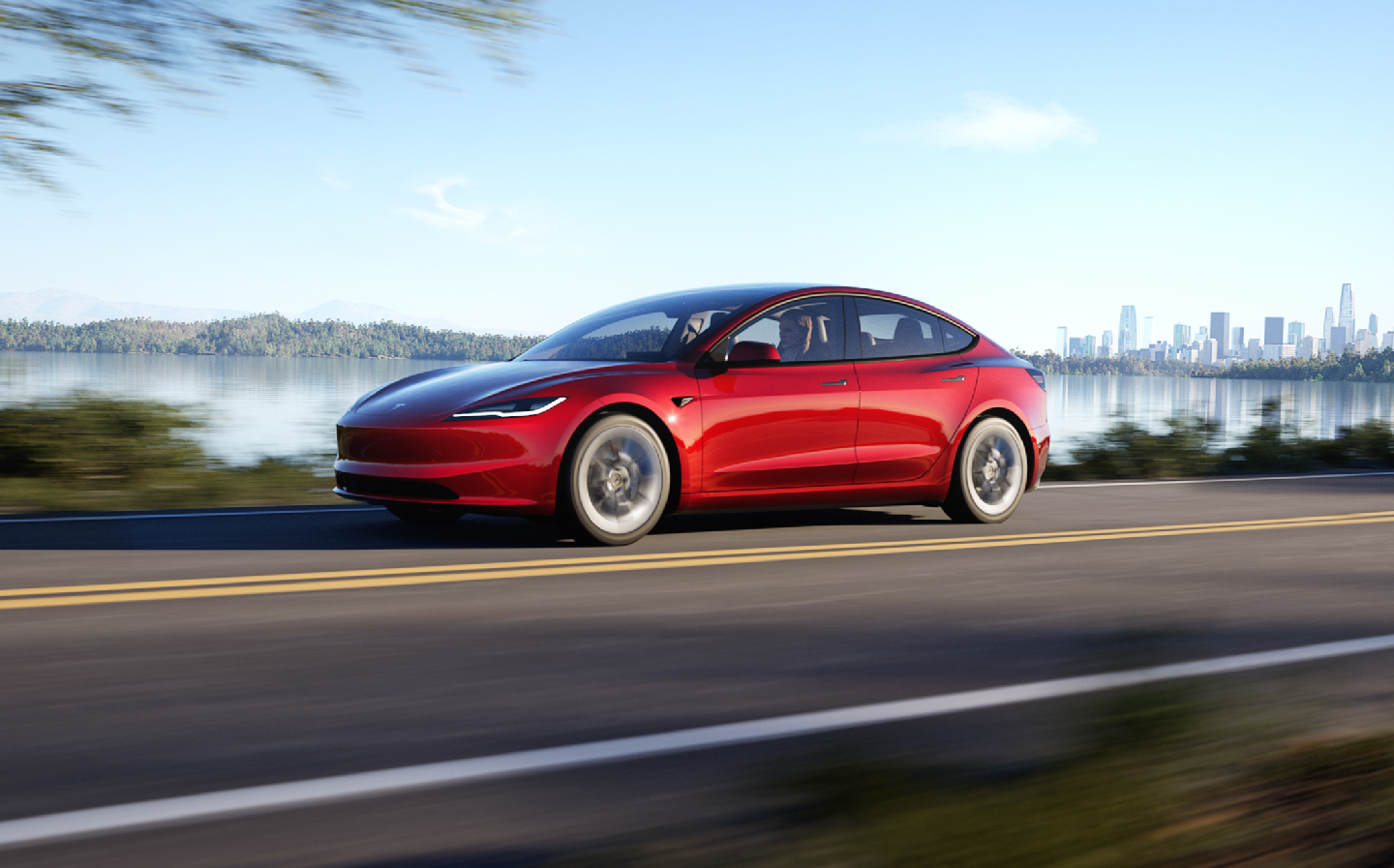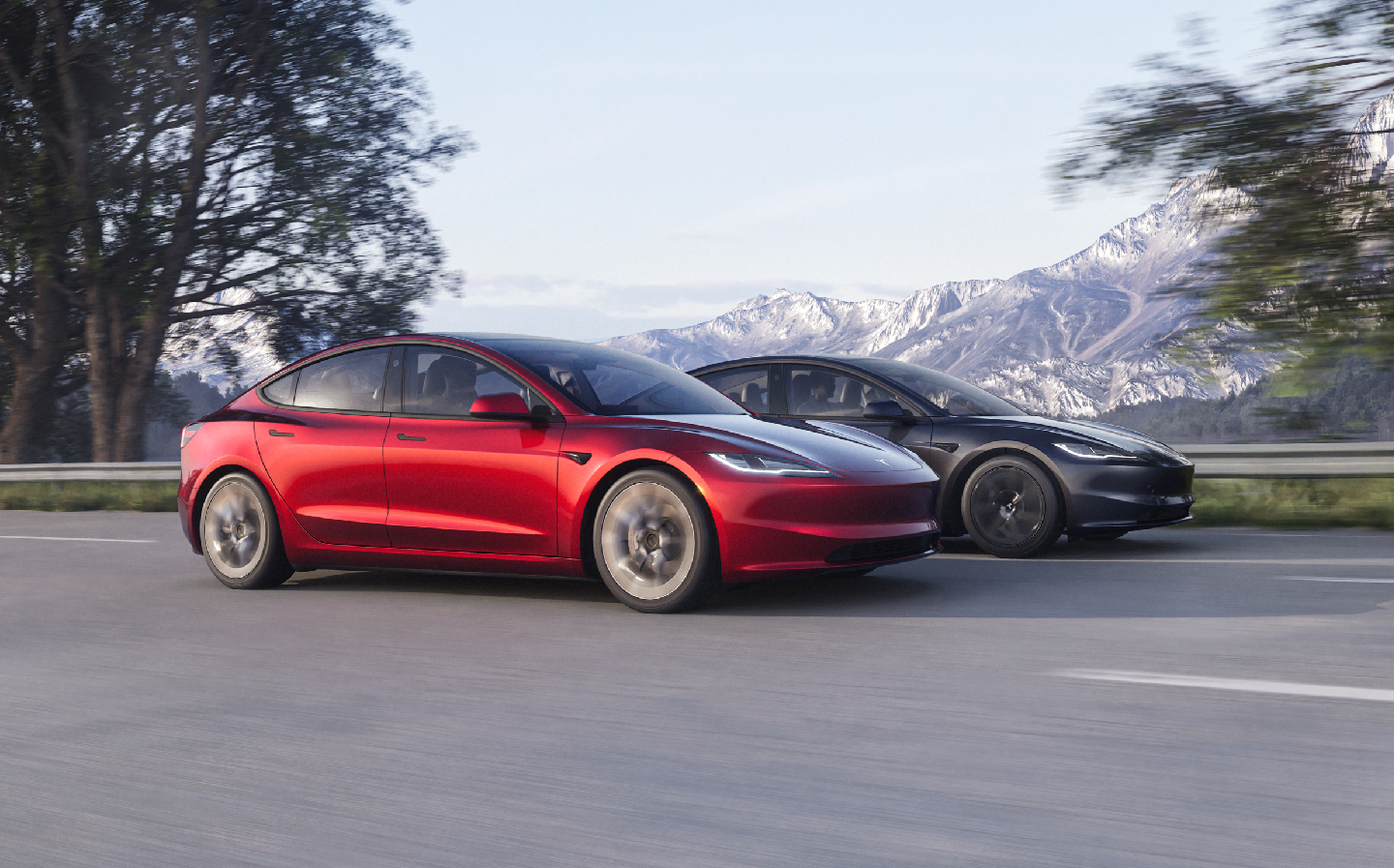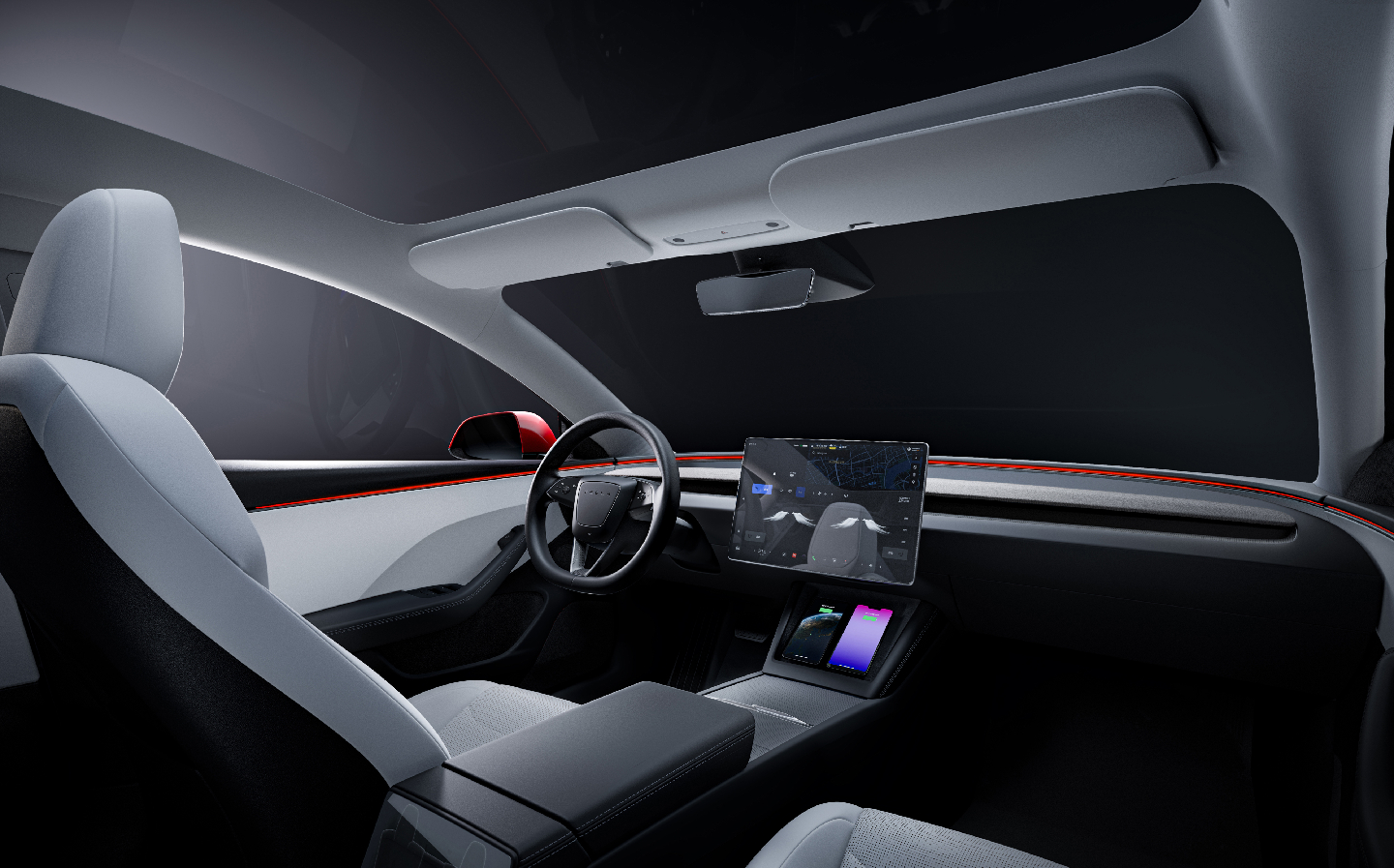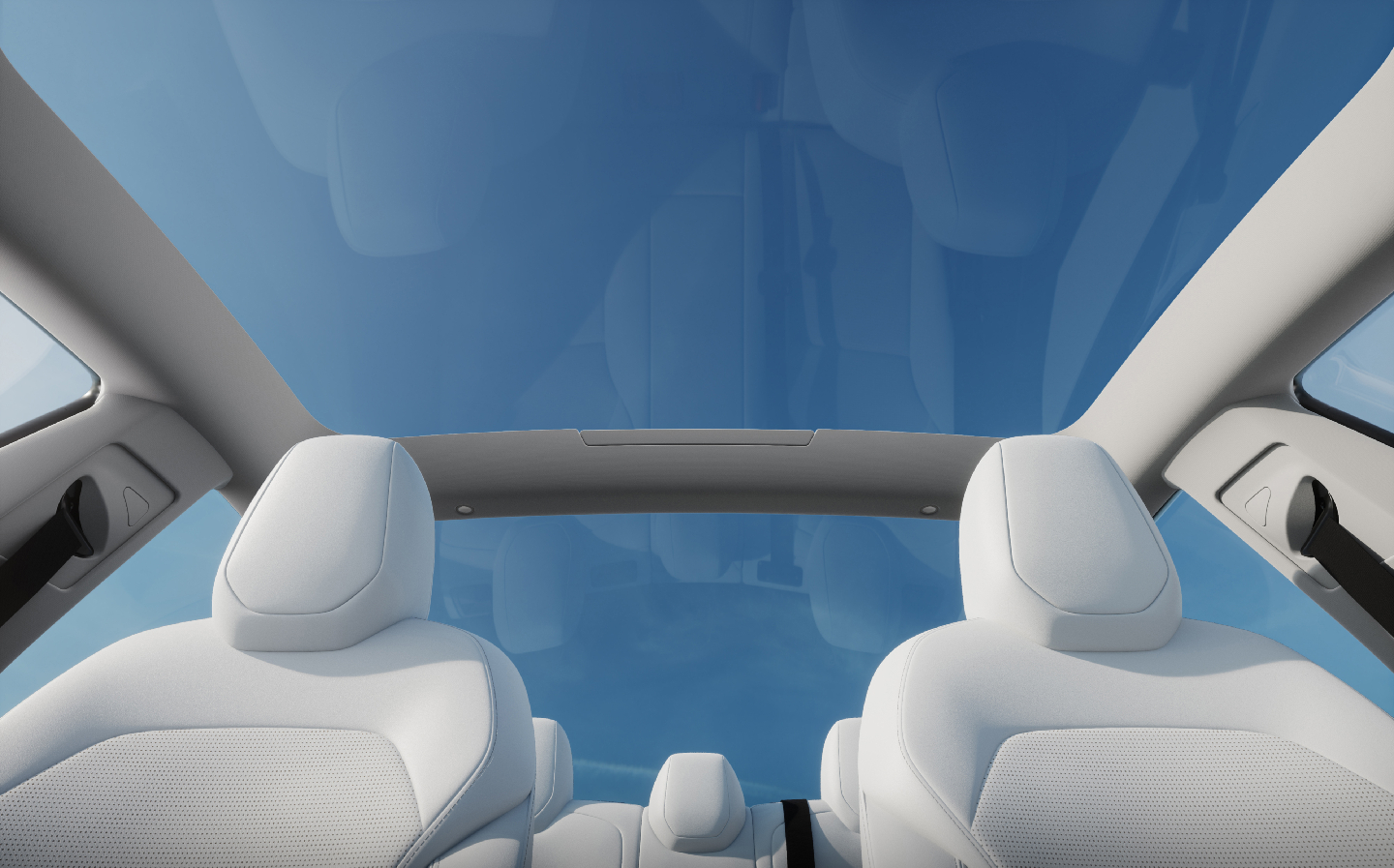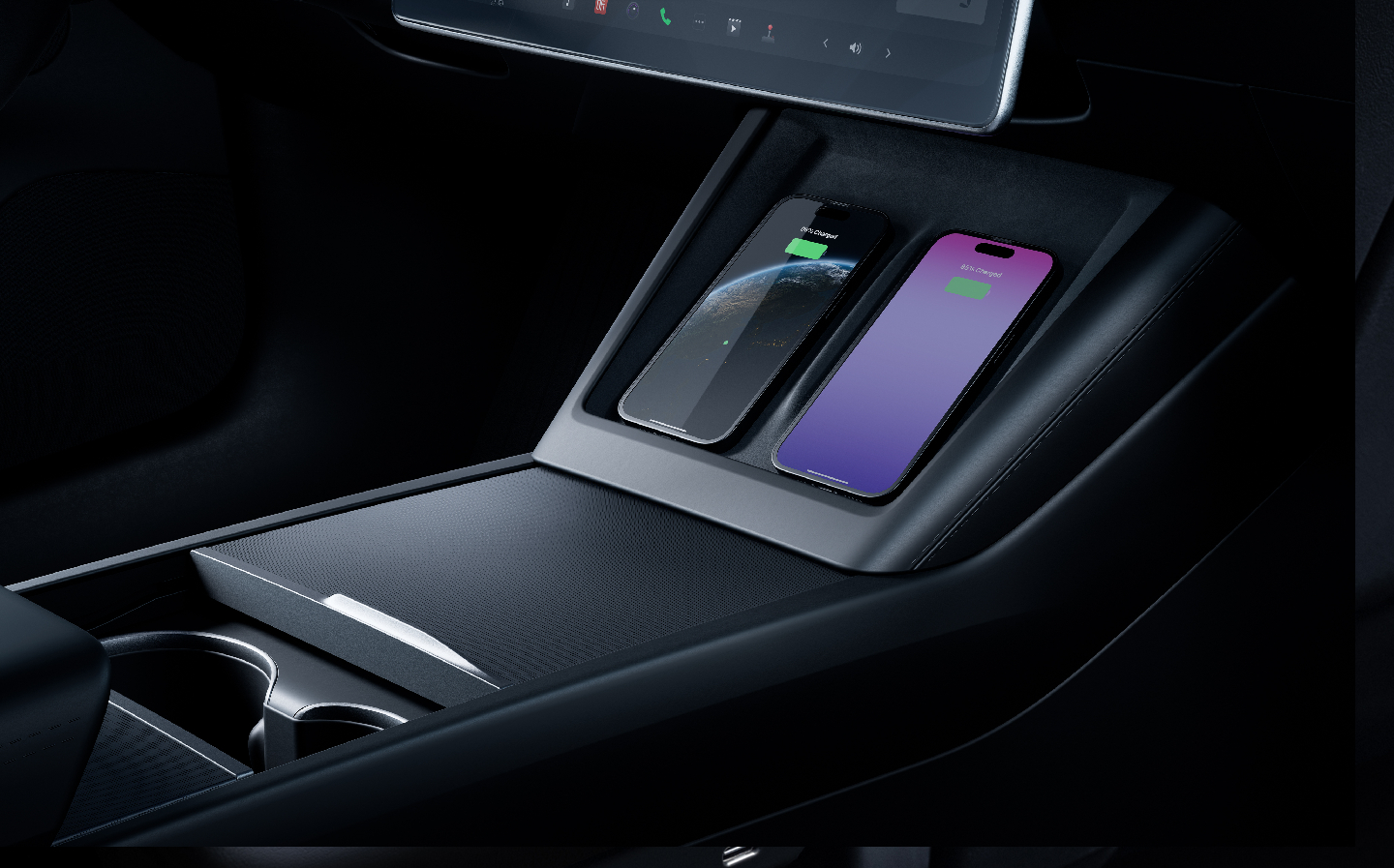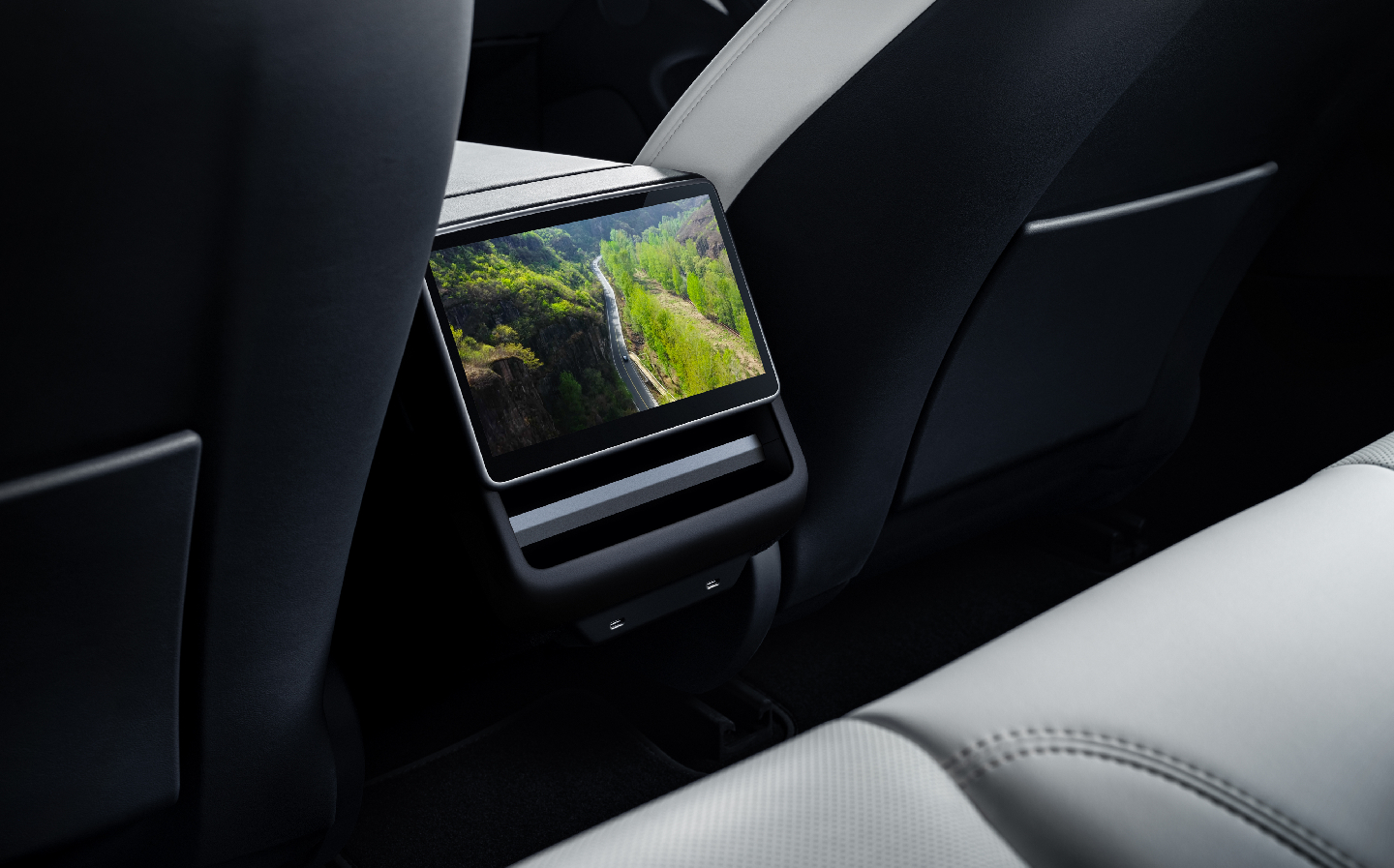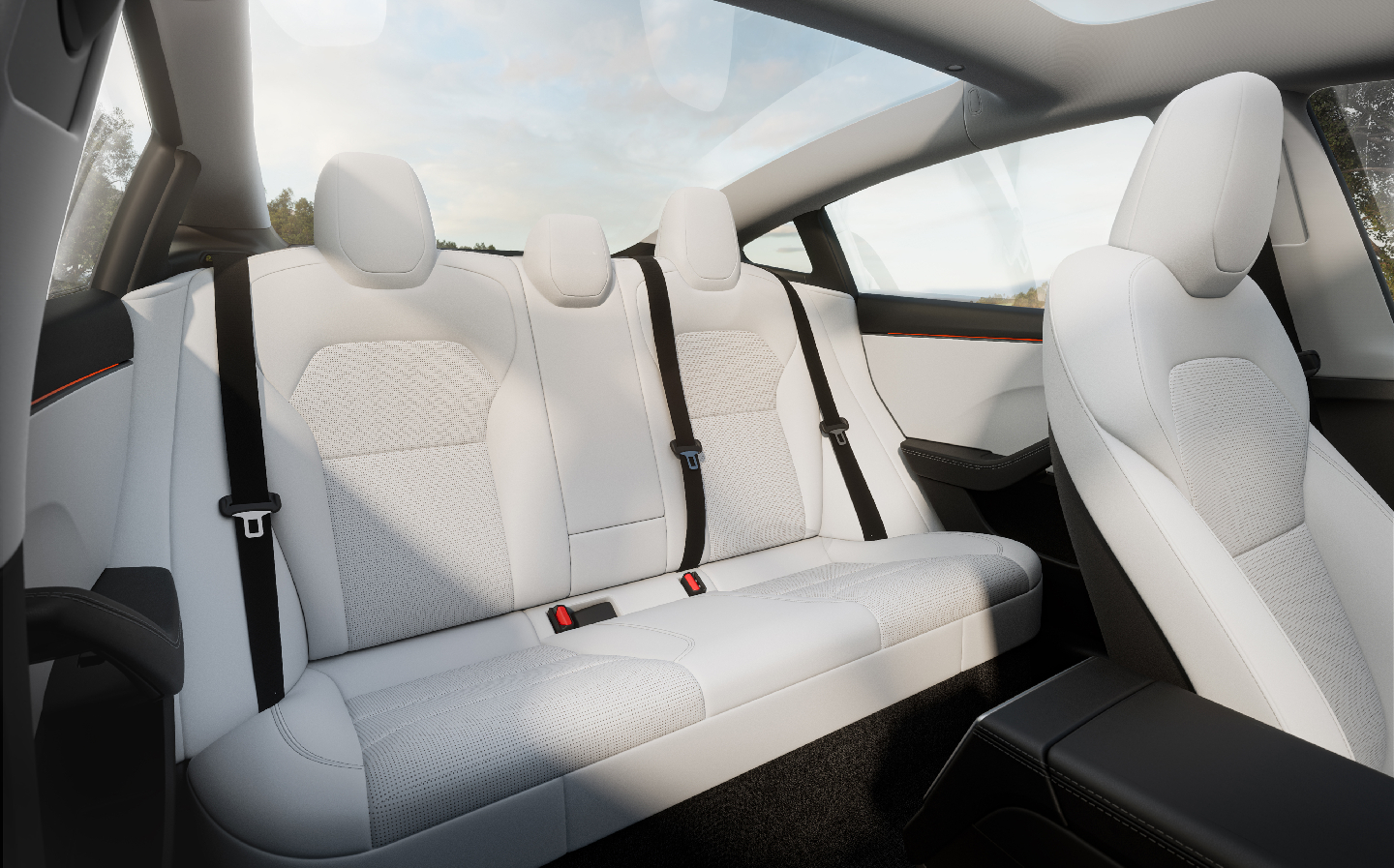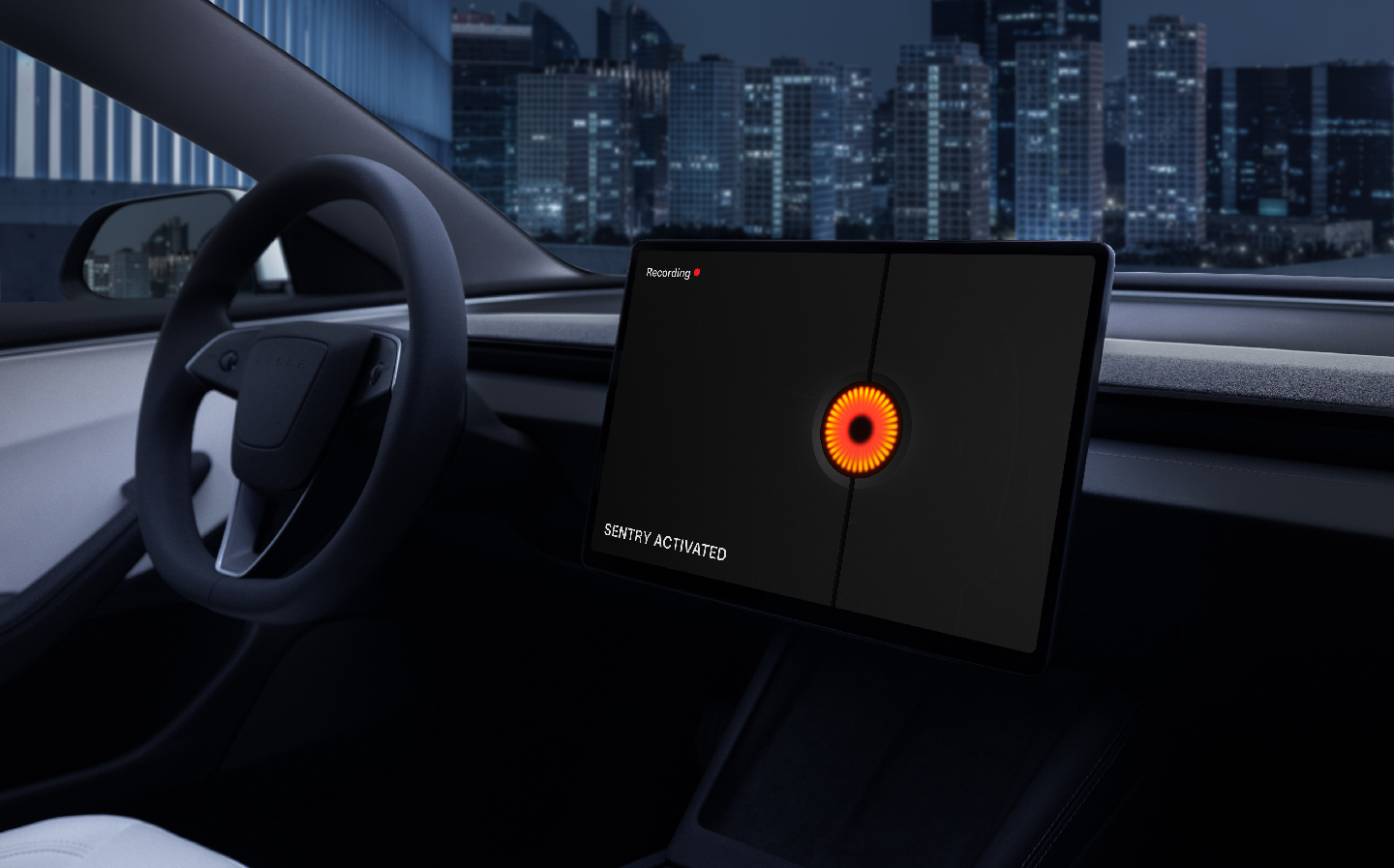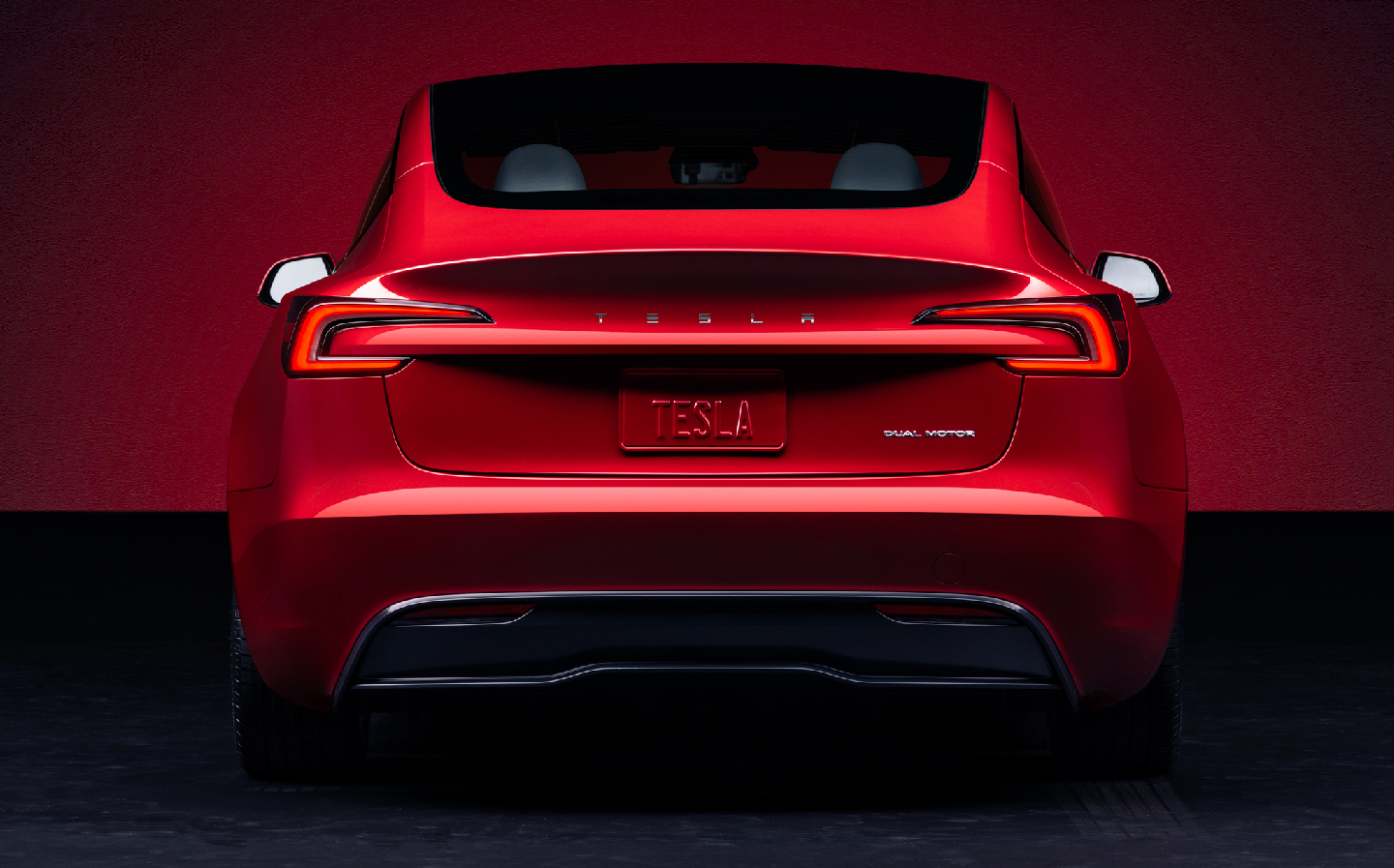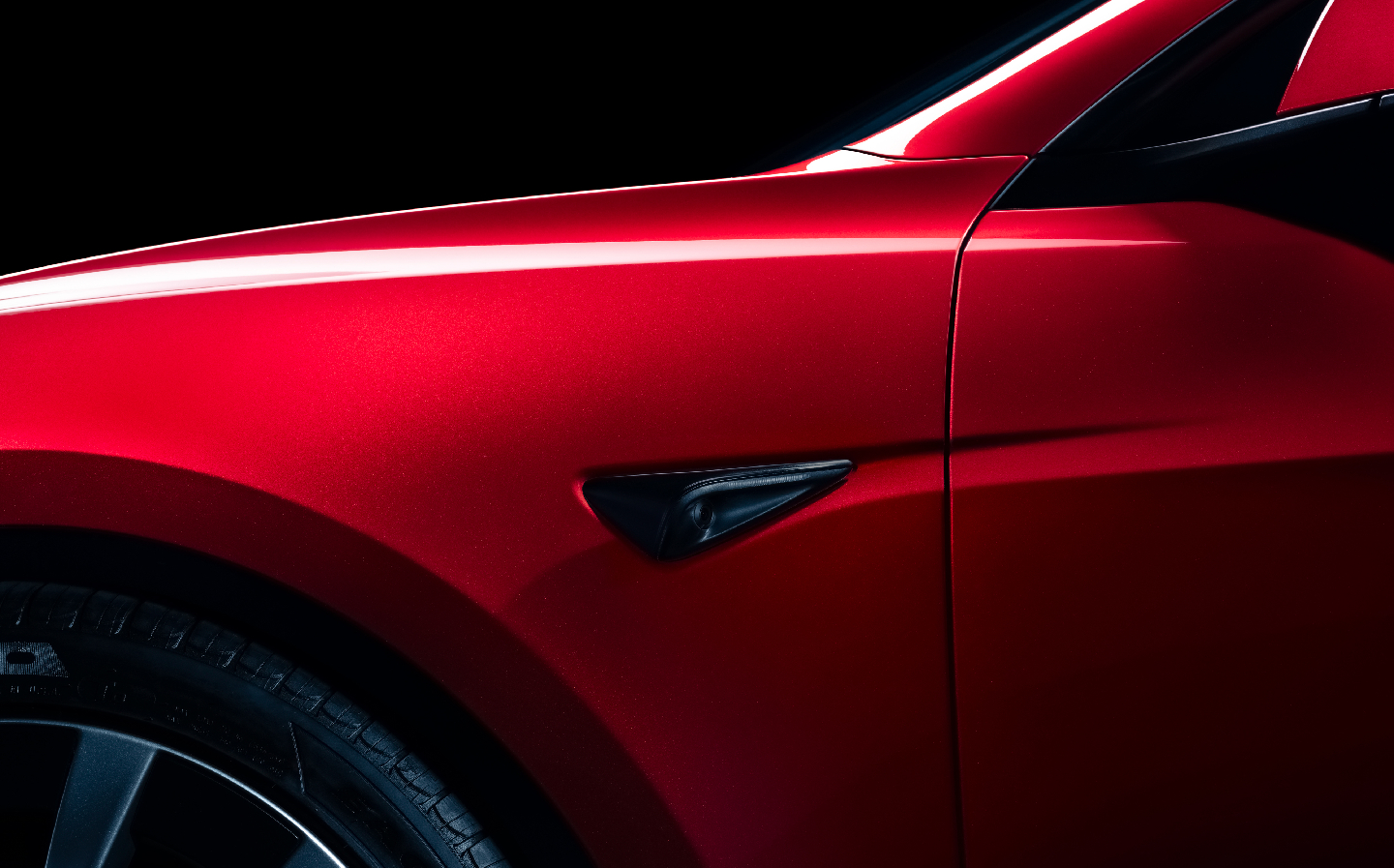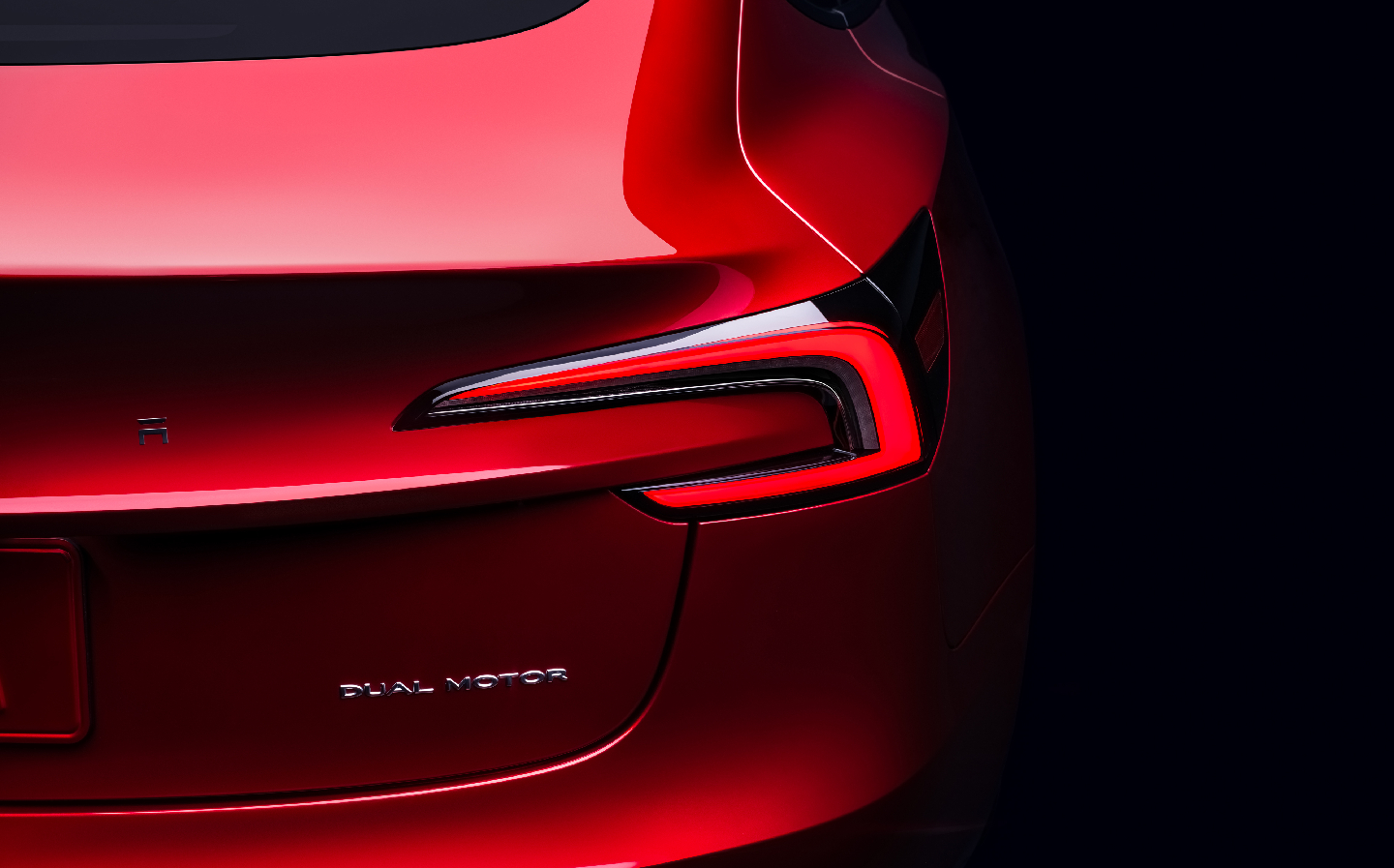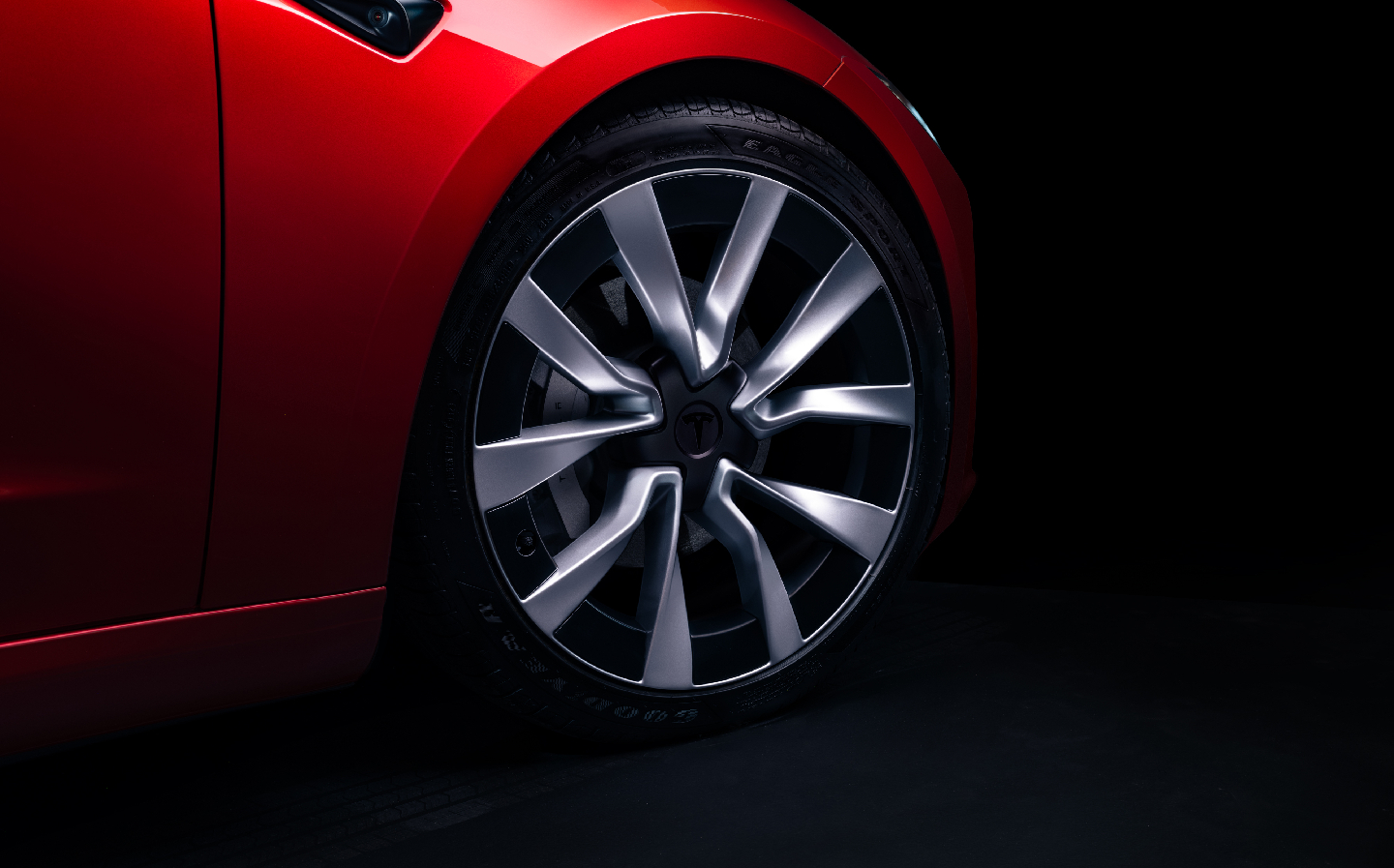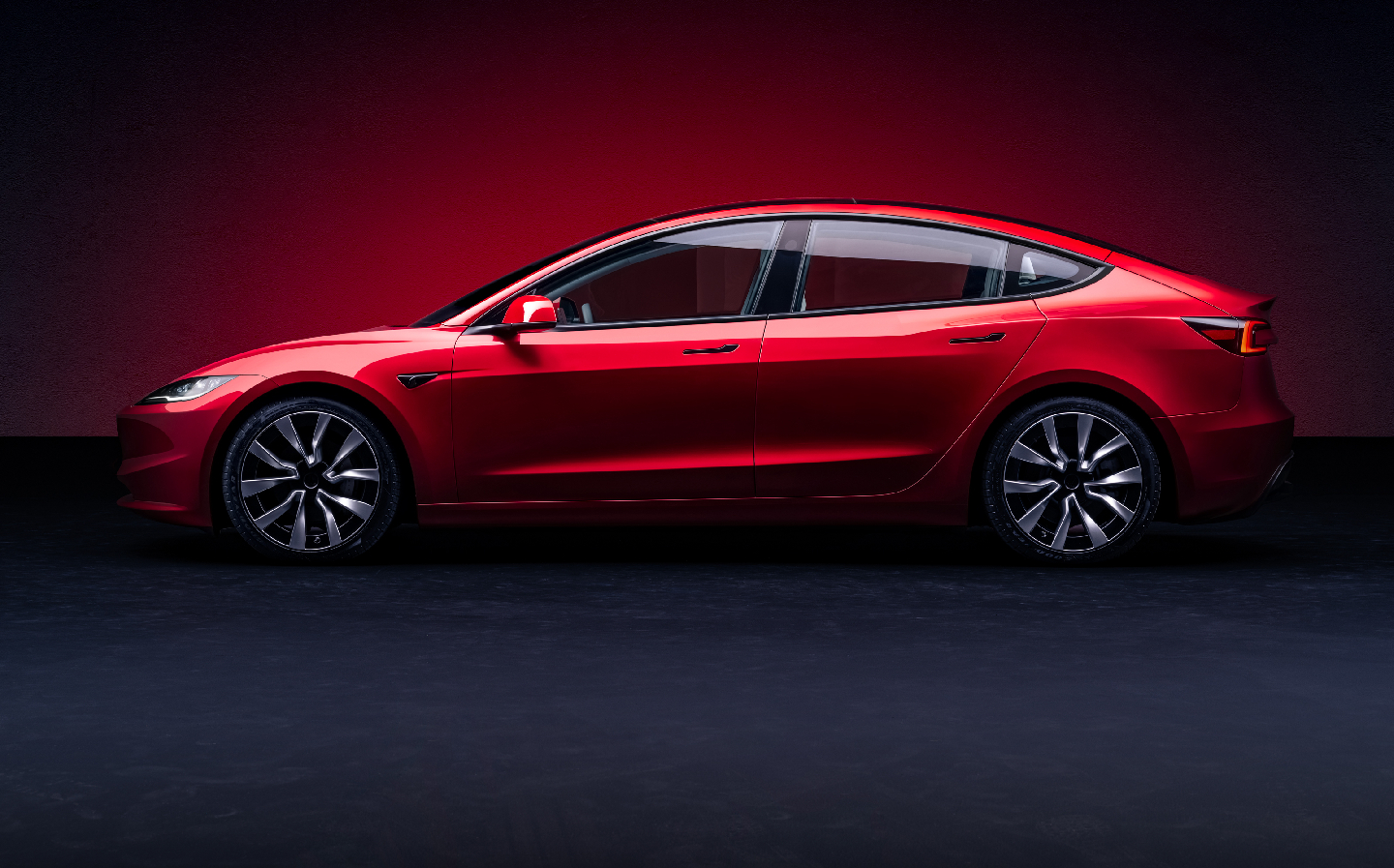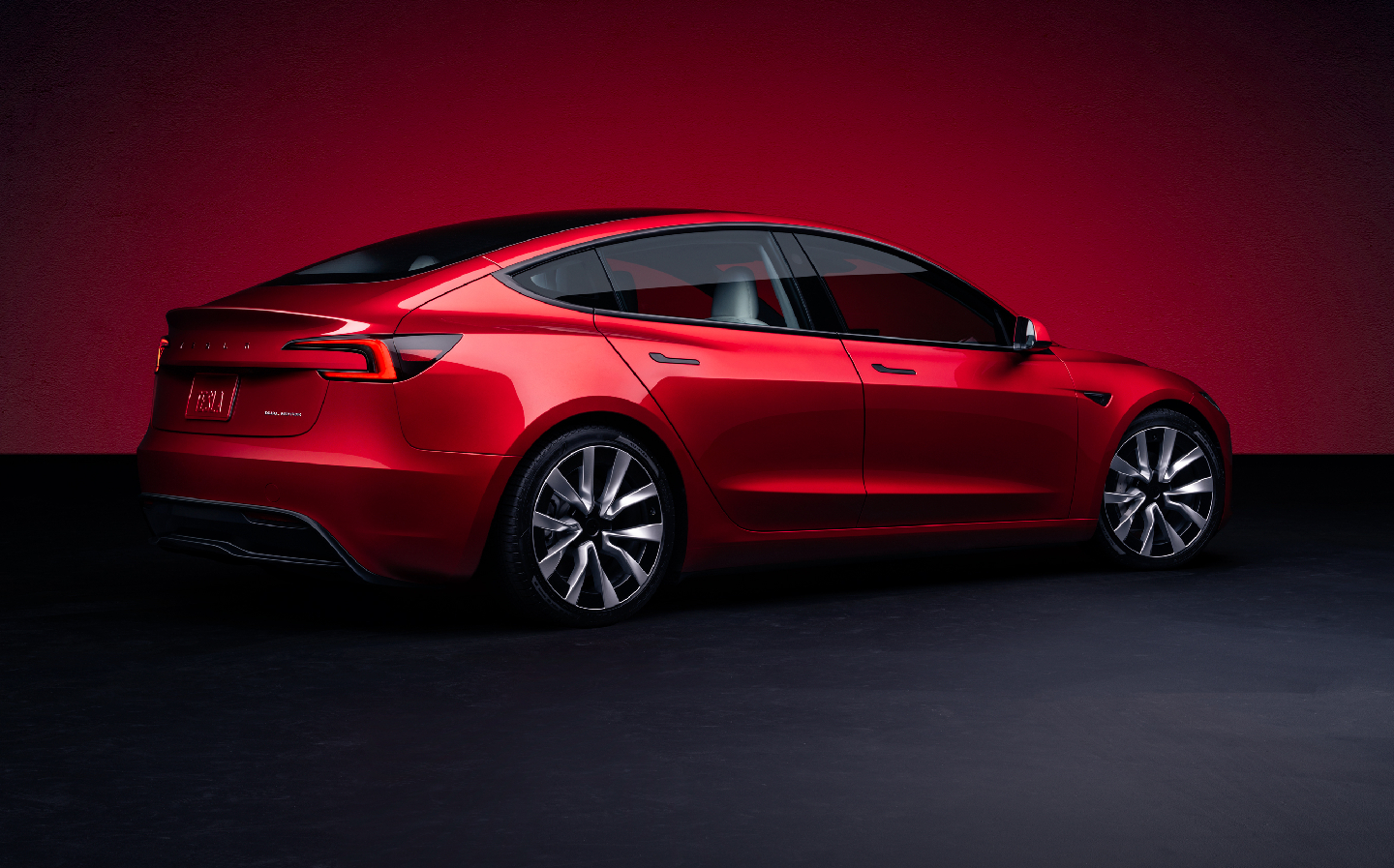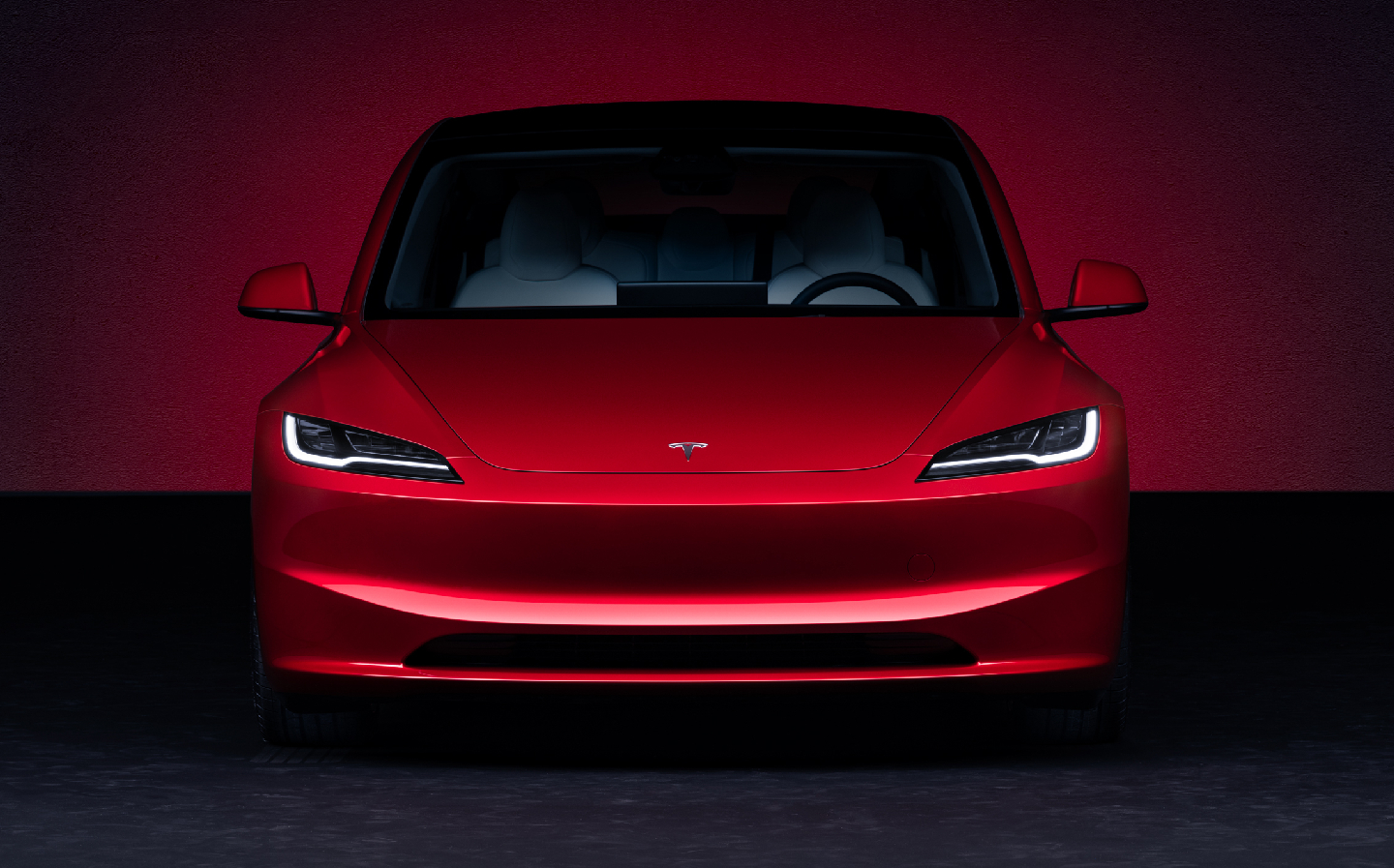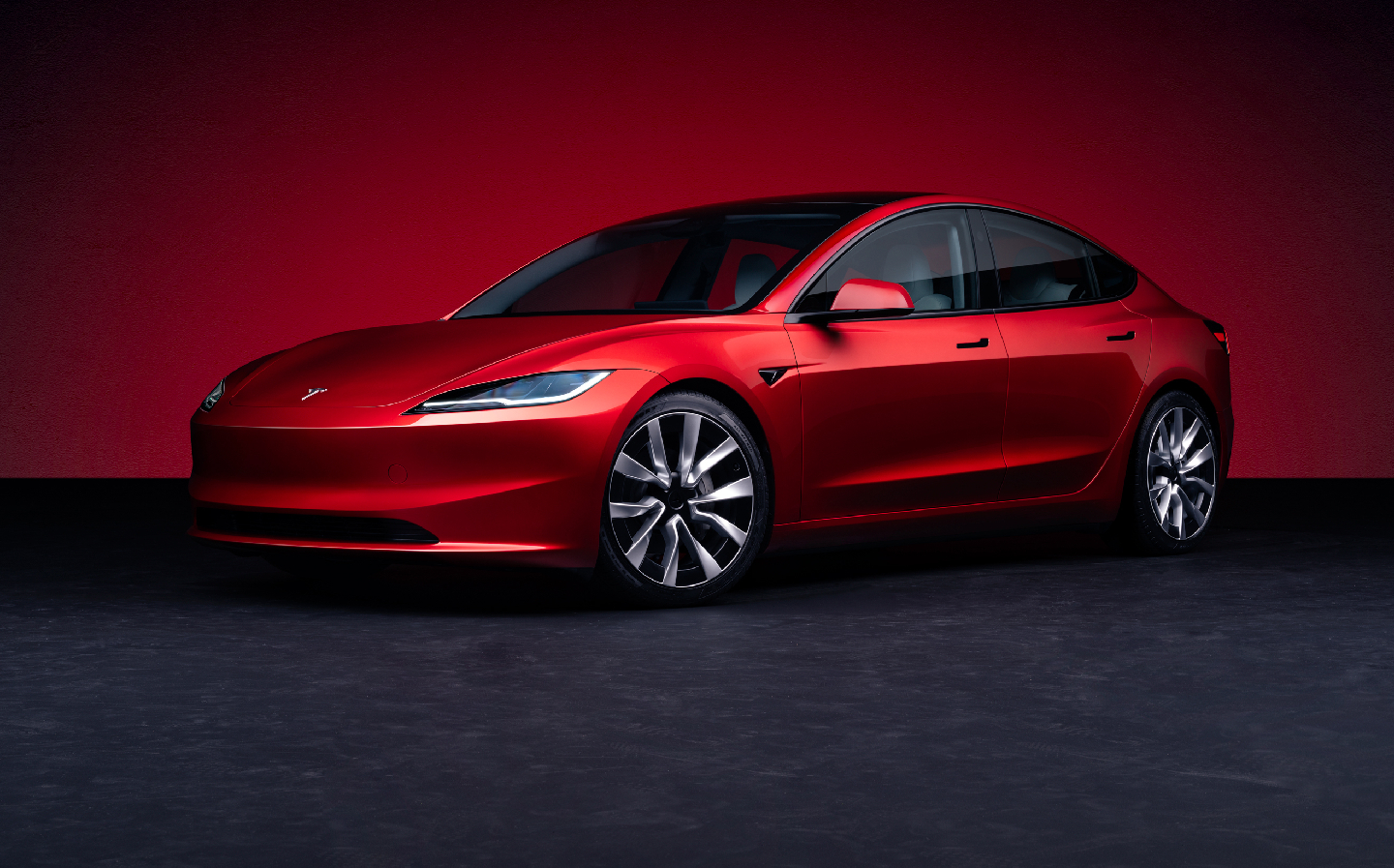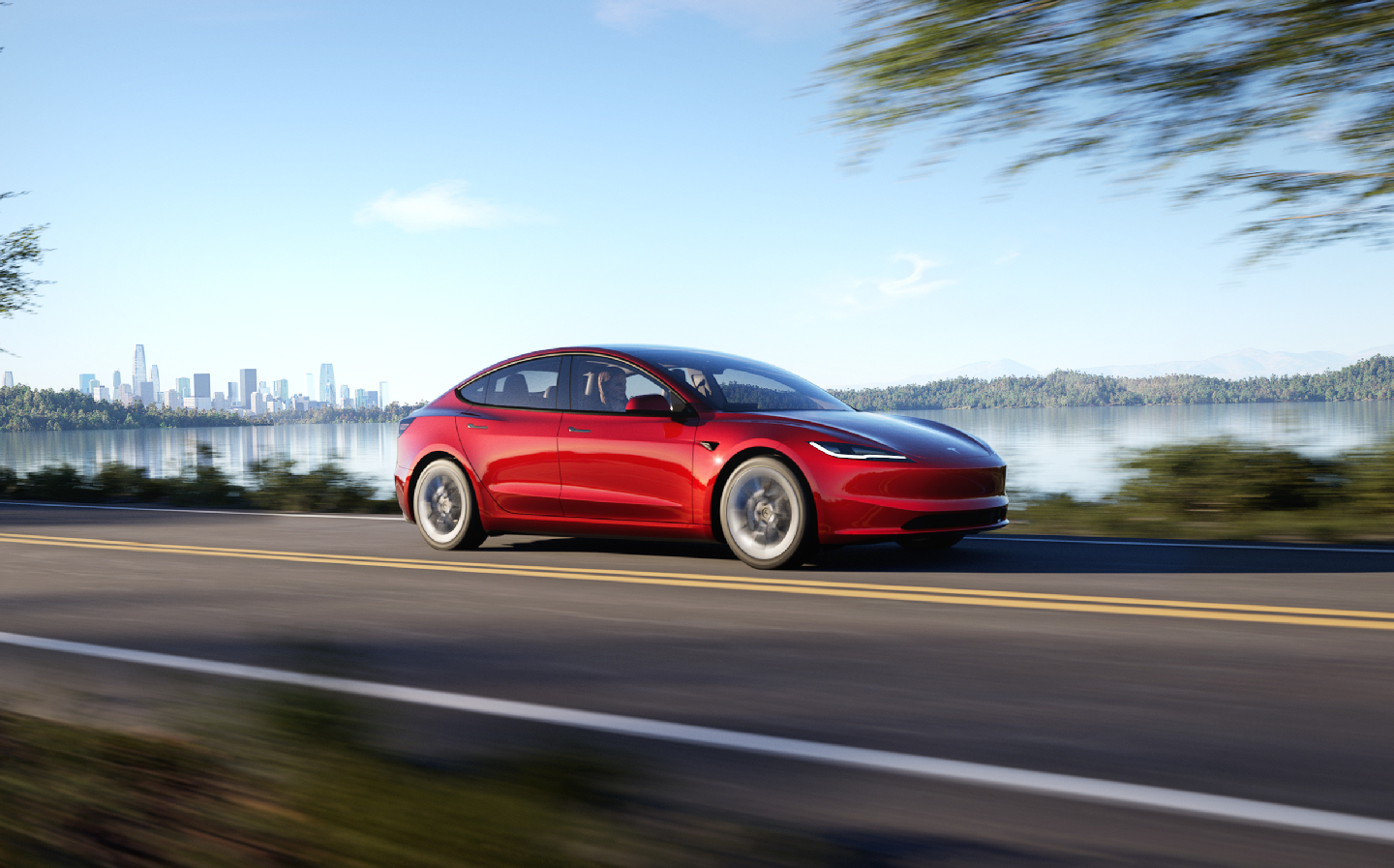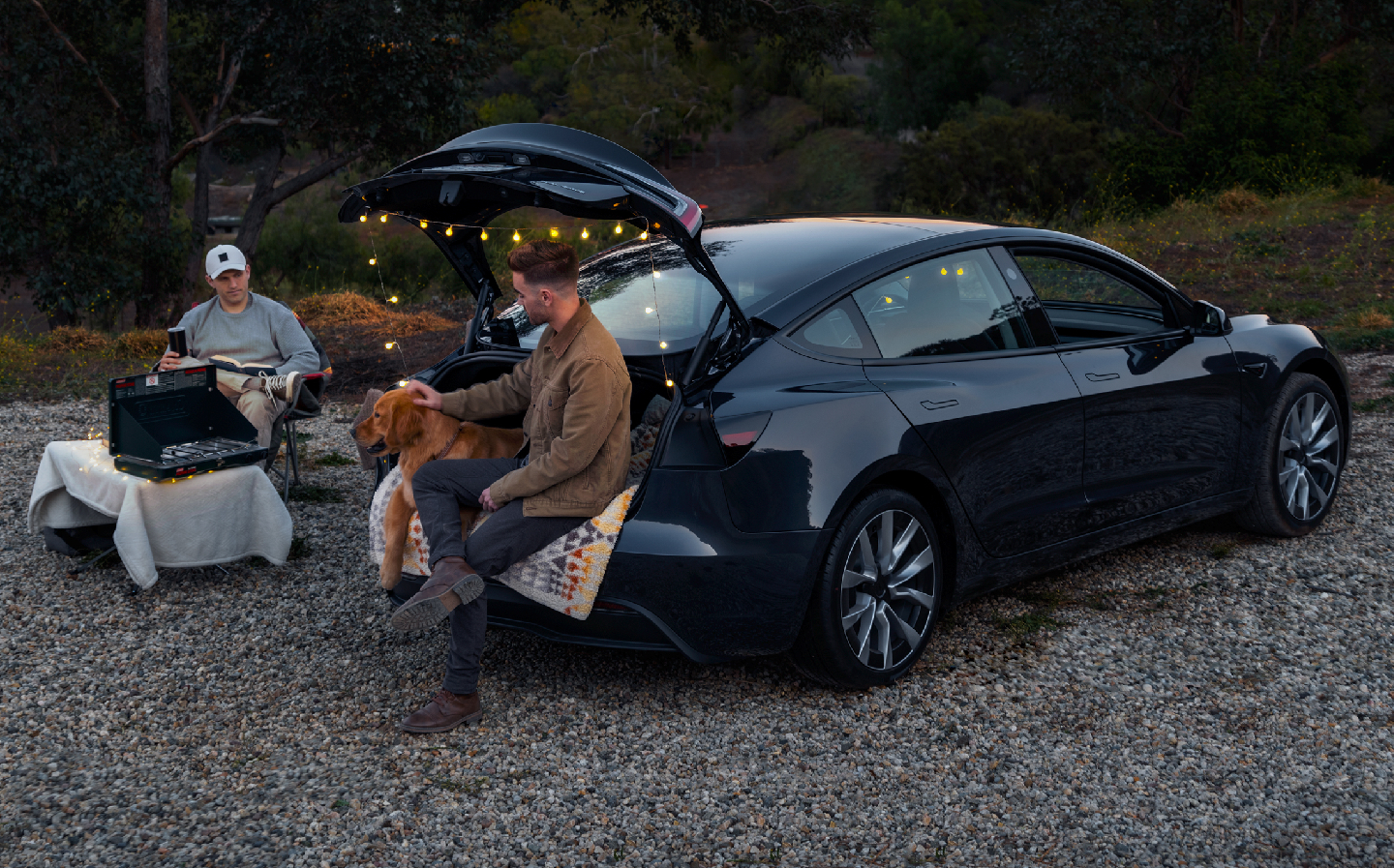Tesla Model 3 review 2024: Great car, shame about the image
The one reason I wouldn't own a Tesla... a massive cult
A friend recently asked for some advice on what company car he should get. He’s doing pretty well in his career and so the budget was decent, and he informed me he was looking at family SUVs, but electric cars probably wouldn’t be good enough as he needs to drive long distances occasionally.
Aha, I thought, but you probably aren’t aware that many can manage over 300 miles per charge and, at a rapid charger, can be topped up in around 30 minutes.
So I suggested a couple of EV options, but dropped the idea of a Tesla Model Y — which has much to credit — with the caveat: “Owning a Tesla tells people that you aren’t a car person, and probably don’t know how to drive. In fact it suggests, rightly or wrongly, you’re a bit of a numpty.”
Except I didn’t use the word “numpty”.
“Oh,” he said. “So Tesla drivers are the new BMW and Audi drivers?”
I thought about it for a second, and remembered the last Tesla driver I’d followed, who’d pulled out in front of me, forcing me to apply the brakes, then showed a complete lack of interest in indicators before making a left turn.
“That’s one way of looking at it,” I had to concede.
This is not to take anything away from Tesla. What the American upstart has managed to achieve in so little time is indisputably extraordinary, and the entire motoring landscape has changed forever as a result of its existence. Tesla is the ultimate “disruptor”. But because it’s regarded more as a technology company than a car company, its customers are most definitely tech people before car people.
The updated Tesla Model 3 is likely getting these people fizzing with excitement, as it takes the “we’re not like other carmakers” idea to the next level. The old Model 3 featured a head-turningly stripped-back cabin, with no instrument display in front of the driver and instead all the information, including speed, shown on the central screen.
But it still had an indicator stalk. Not so any more — turn signals, as our American friends call them, are controlled via buttons on the steering wheel.
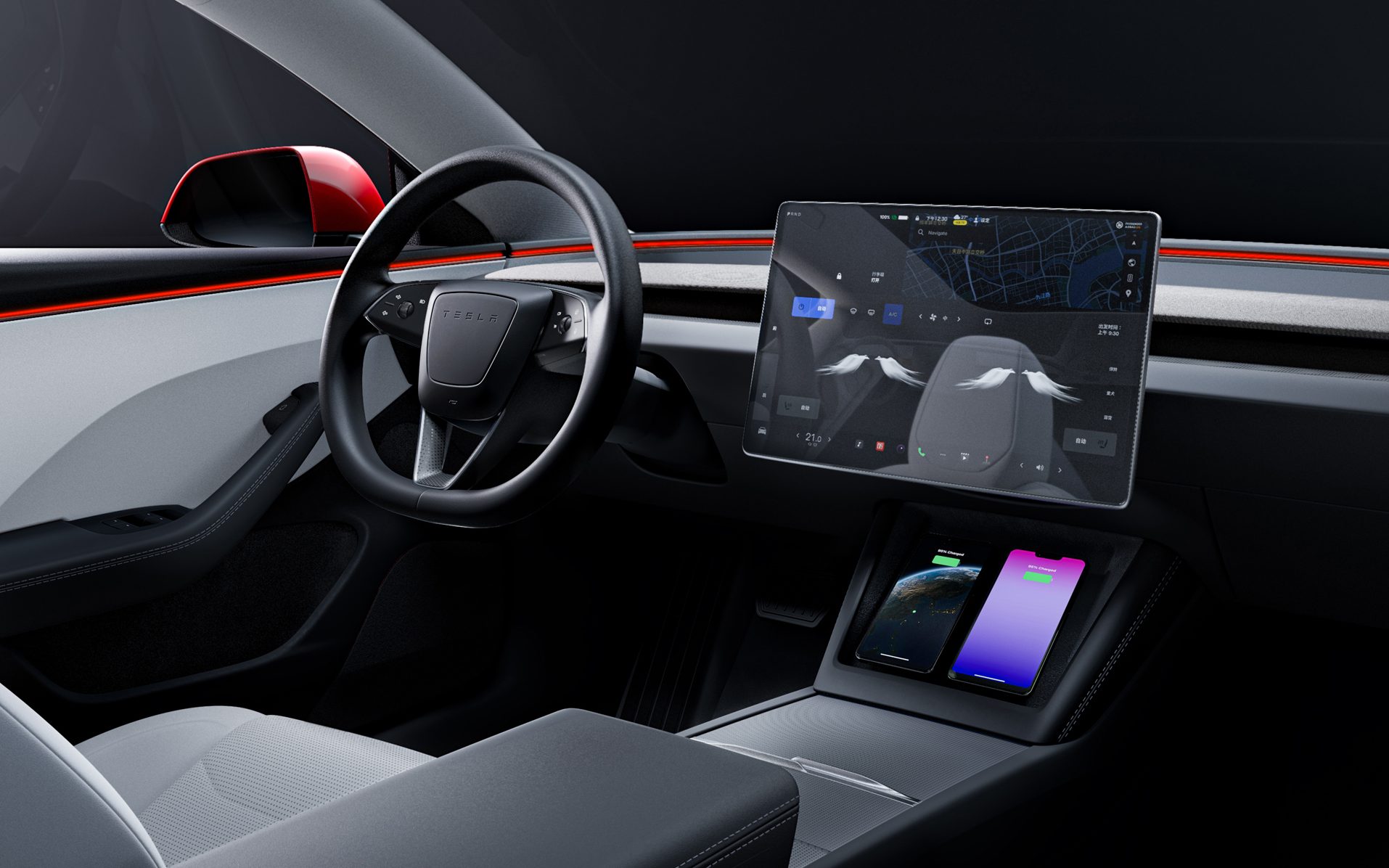
There’s nothing new about this, as Ferrari has been doing it for years. Sadly Tesla hasn’t solved the major problem with the system; that when you’re turning right at a roundabout and then need to indicate left to inform others of which exit you’re taking, with the wheel crossed up, it’s unnecessarily difficult to do so. This perhaps explains the Tesla driver mentioned above.
The wiper controls are on the wheel, too, via a single button: quick press for a single wipe, long press for screenwash, and a menu comes up on the central screen (which is the same size as before but now with a thinner bezel) to control the wiper speed. Which is just as well, as the automatic wipers were more hyperactive than Elon Musk, Tesla’s micro-dosing CEO, at 3am on a Saturday. During my drive I found manual adjustment much more appropriate for the conditions, and wondered if there might be a better way to set the wiper speed than via buttons on a central touchscreen. Just imagine.
A way to adjust the mirrors without going into the touchscreen might be an idea, too.
Having said all that, I don’t have a problem with a lack of instrument binnacle — various other members of my profession love to have a moan about it but I found I was able to note my speed out of the corner of my eye without too much bother. I’ll agree with others who’ve called for a head-up display, though; why on earth an ostensibly premium car such as this doesn’t project driver information onto the windscreen — as an option, at least — is beyond me. It would be problem solved.
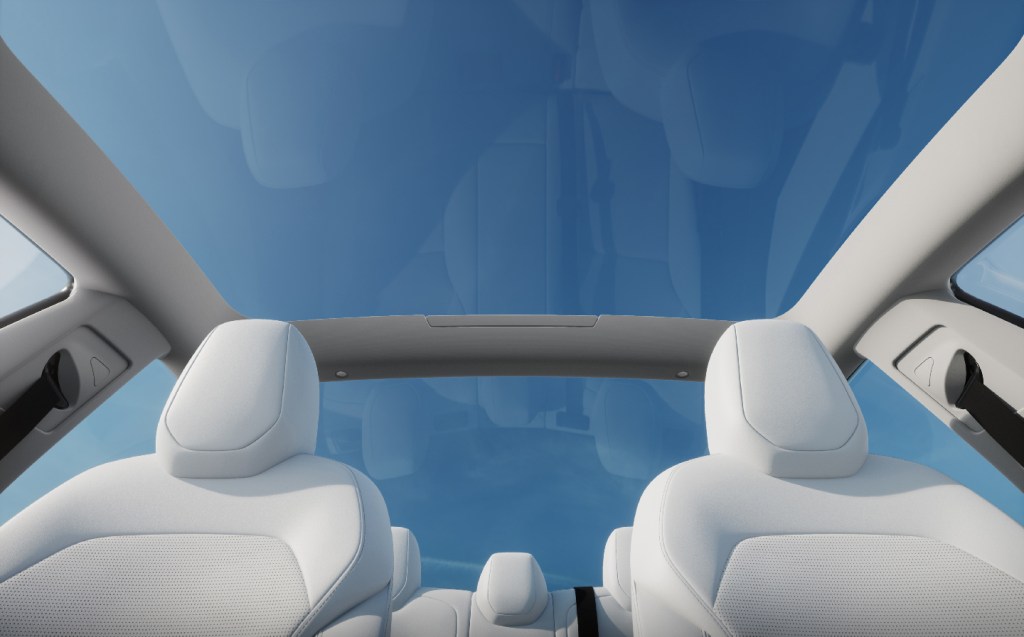
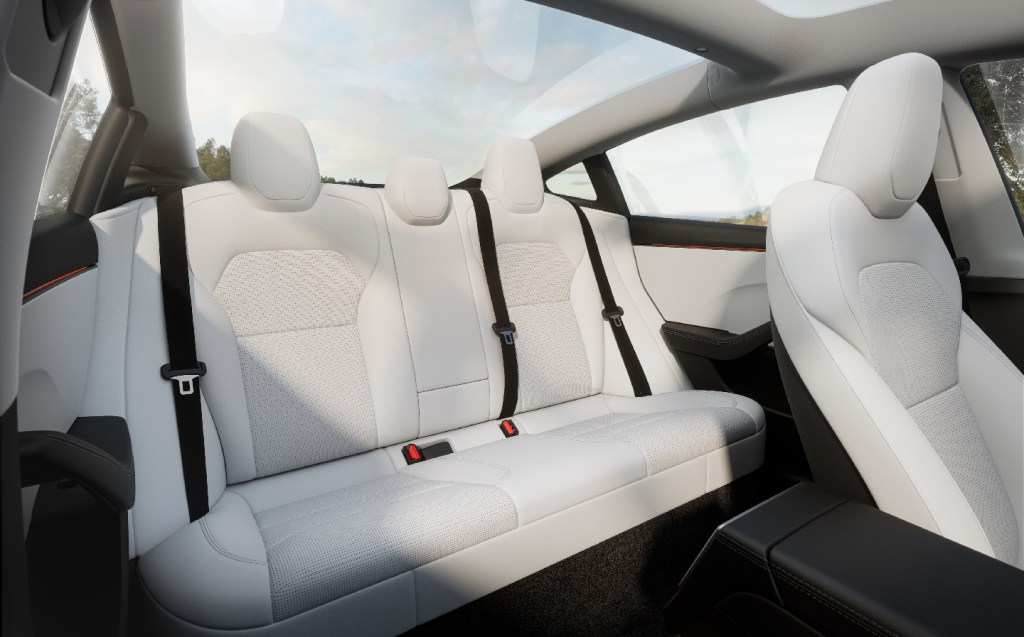
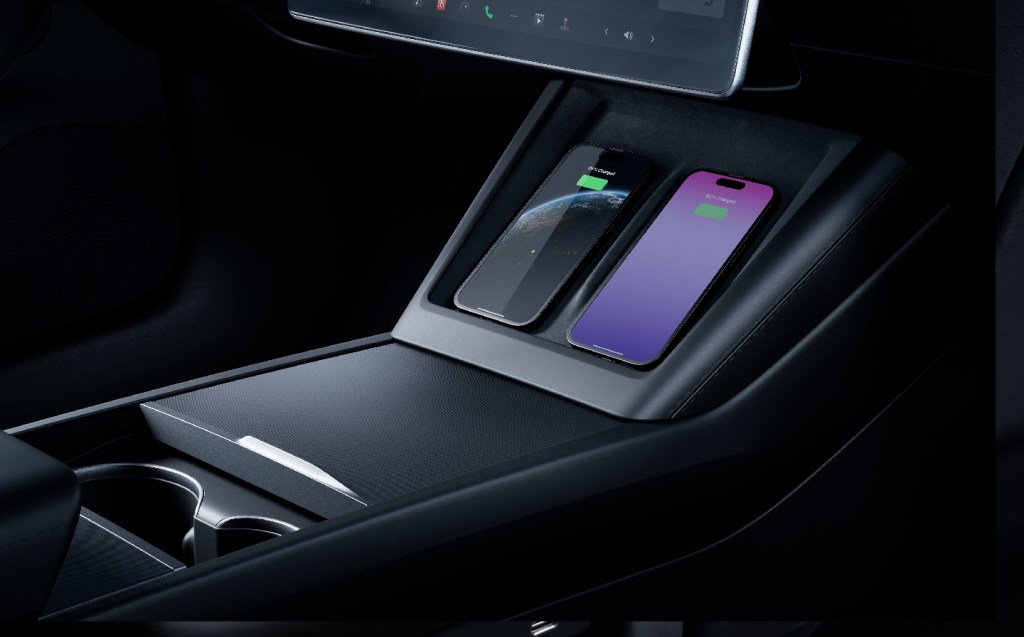
While I’m grumbling, I should mention that Android Auto and Apple Carplay aren’t supported. Your phone will connect via Bluetooth for calls, and there are native apps for the likes of Spotify, Apple Music and Tidal, but Elon wants you to use the in-built media players and navigation or nothing. There are workarounds, I see from owner forums, but they’re not ideal.
What’s more, the Model 3 issues a toot of the horn when locking and unlocking, which is less than “premium” and hardly futuristic. I suppose we should be thankful it isn’t a fart noise, given the inclusion of the “Emissions” app on the touchscreen, which plays various types of parp. You can even set it to play a fart noise when indicating, to the delight of my eight-year-old son (and no-one else).
And while on the subject of guff, “Autopilot” is a pain in the arse, it really is. Our car wasn’t fitted with “Full Self Driving”, which it most definitely isn’t (fully autonomous vehicles are still a long way from being legal on UK roads), but even the most basic iteration of Tesla’s driver aide system is less than helpful. It’ll keep you in lane on a motorway, and a set distance behind the car in front. But if you indicate to overtake another car, instead of helping you change lane it fails to detect the gap you’ve spotted and cancels Autopilot when you go for it. I ended up simply not using it.
By now you’re probably thinking I hated the Model 3, but I didn’t. In fact it’s terrific in a number of key areas, and the new version improves on the outgoing car in many ways.
The styling, for a start, is much more pleasing to the eye. The front end used to make the Model 3 look like a stubby beetle but it’s been cleaned up by removing fussy features, straightening lines and with new, slimmer headlights. Round the back, the rear lights are now integrated into the bootlid and it’s an altogether more attractive machine.
Open the hatch after a rain shower and you won’t have water run into the boot now, either, thanks to a gully that means water runs around the sides. You’d have thought this would be the case with the old car, too, but the fact that it was overlooked in the design process was a reminder of just how young a car company Tesla is.
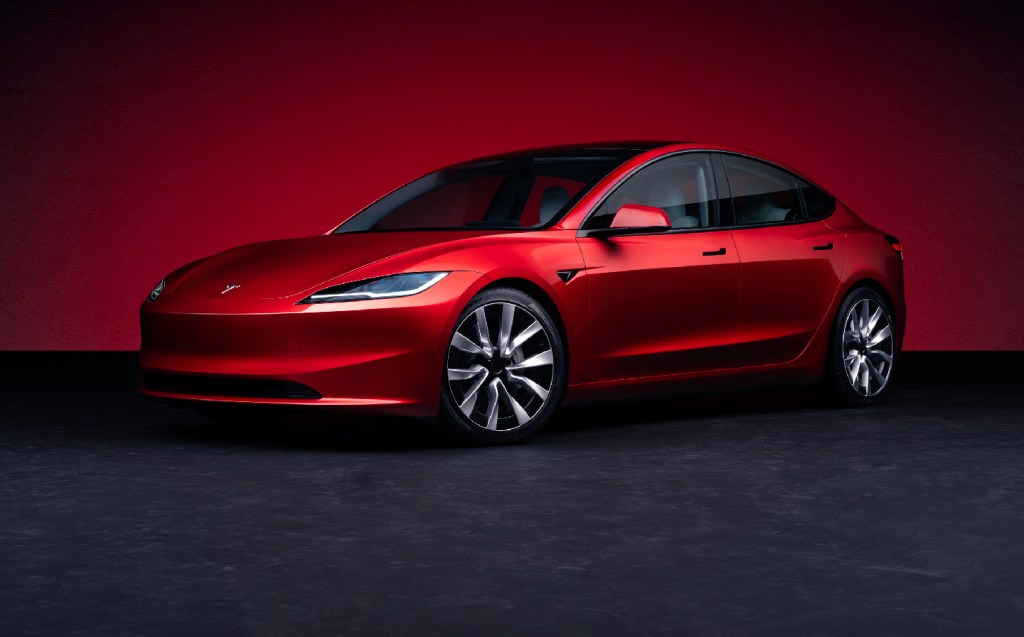
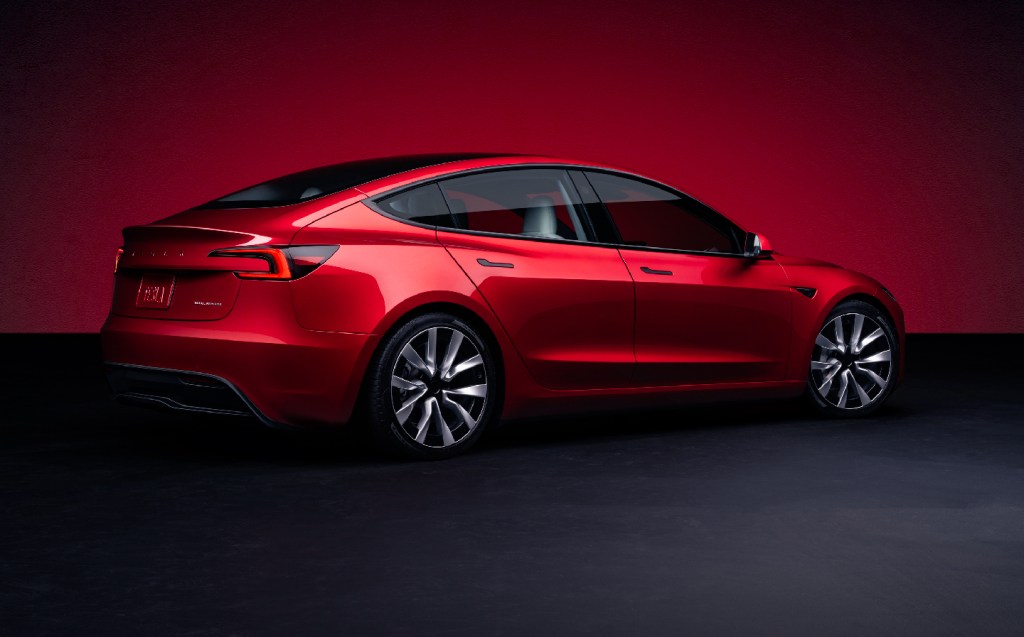
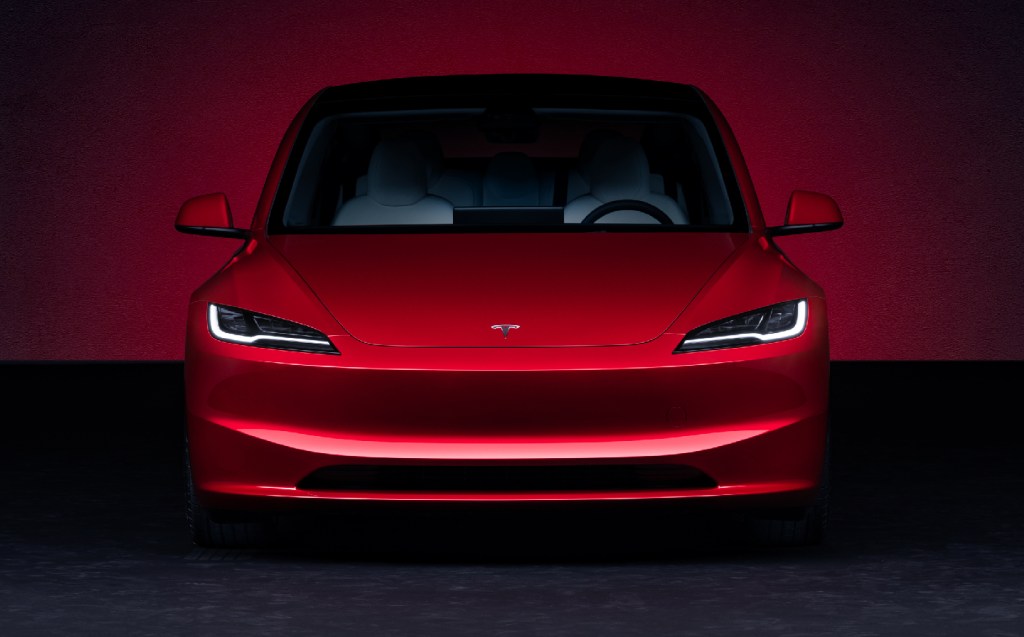
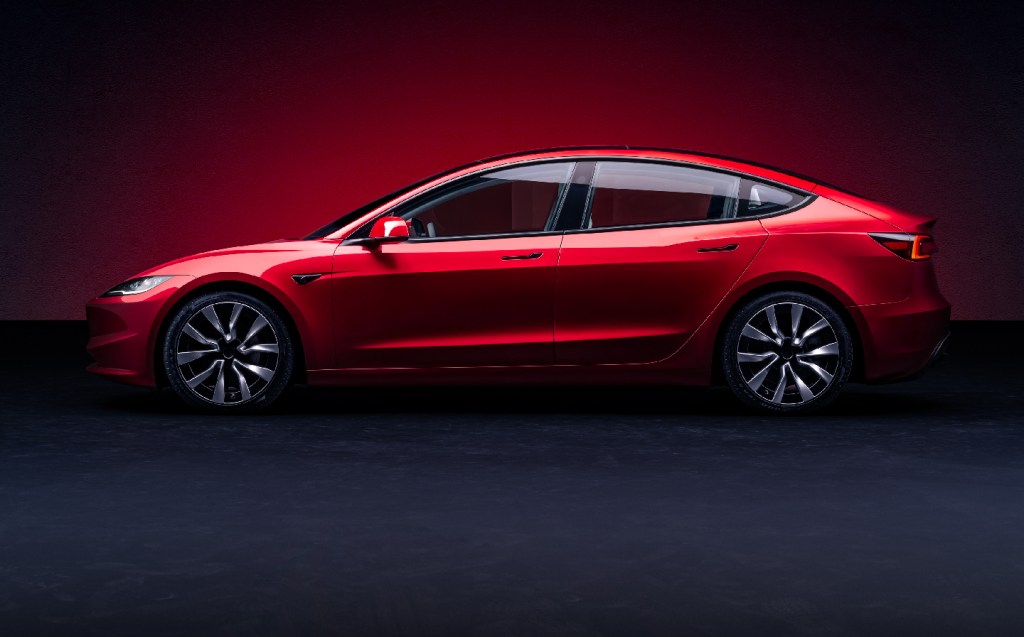
The wheels might appear to be a little small, and look lost in the wheelarches, but no doubt deeper tyres help with the ride quality — more on which below. What all the aero tweaks mean is an even slipperier body, giving it the lowest drag coefficient of any Tesla, which is saying something (0.219Cd, if you’re interested). That helps improve the efficiency, and therefore range.
Performance at the moment comes in two forms: quick or very quick. The rear-wheel-drive Model 3 can manage 0-60mph in 5.8sec, which is what BMW M3s were managing in the mid-1990s. The dual motor Long Range model cuts that sprint time to 4.2sec, which is Porsche 911 Carrera 4 fast. I wouldn’t bet against there being a Performance version at some point, too, with sub-four-second 0-60 times.
It’s not all about outright pace, though: the ride quality and cornering nous are worth highlighting, too. The responsiveness of the car is good and the suspension is actually terrific; really nicely sprung for comfort while cruising, but if you show the car a set of bends the firm dampers keep the body in check. The steering is nicely weighted, as well. All of which means a sporty driving experience, though in base form not in any way intimidating.
And while it feels fun on back roads it also works for stints on motorways — road noise levels are low most of the time, and up to 30 per cent better than the old car, according to Tesla, though in wet weather the roar from the wheelarches is still noticeable.
Tesla’s enviable network of 12,000+ Superchargers across Europe is also a major selling point. With the Model 3 you can add up to 172 miles in as little as 15 minutes, and I heard a whisper that charging speeds might get even faster with a forthcoming round of Supercharger upgrades.
It also helps that the new Model 3 has an official range of 318 miles per charge in its entry-level rear-wheel-drive guise, or a massive 390 miles in the all-wheel-drive Long Range form that I tested — though you pay an extra £10,000 for the privilege, at £49,990.
If you’re wondering how reliable the range claims are, it depends very much on how you drive the car and external factors such as ambient temperature, but the Model 3’s extensive data menus are extremely useful, and the gauges good at predicting remaining range. My test car had an indicated 300 miles of range when I set off, and after 91 miles it was saying 198 miles remaining, after mainly motorway speeds, so that suggests not only a realistic and accurate gauge but also terrific efficiency.
Another journey of 54 miles showed an average of 181 watt-hours per mile, which equates to 5.5 miles per kWh. A car of this size getting over 4m/kWh is good; more than 5m/kWh is exceptional.
Electric rivals might not be able to match that but they now compete with similar amounts of range (officially) for a similar price: the new Polestar 4, coming later this year, is very close to the Model 3 Long Range on both counts. While Polestar is ultimately Chinese owned, Tesla also has to look over its shoulder at more obvious Chinese competitors entering the market: the new BYD Seal costs upwards of £45,695 and can go 354 miles per top-up.
A word of caution at this point: Tesla has a habit of cutting prices without notice (to compete with the ongoing flood of low-cost Chinese rivals), which means some buyers have found their new car would have cost them thousands of pounds less if they’d bought it the following day, and existing owners suddenly find their pride and joy has plummeting in resale value.
And every price drop Tesla makes, the Chinese can match; The Times reported recently that the BYD Dolphin might cost upwards of £25,000 in the UK but the same car in China is the equivalent of £13,000, suggesting a price war wouldn’t end well for Western carmakers. It also highlights the fact that China massively subsidises its home-built cars, well beyond the estimated subsidies from which Tesla is reported to have benefited.
Back to the good stuff, though. Despite my reservations about some of the limitations of the infotainment system (and its more gaseous features), in general it works very well — responsive and logically laid out. Kids and big kids alike love a Tesla thanks to the onboard games, including an off-road buggy racer that can be controlled via the steering wheel and pedals, so kids can sit on your lap and interact with the car while you wait for it to charge up. My children are fans of the sketchpad app, particularly, while musicians may enjoy the Tracks app, for creating songs.
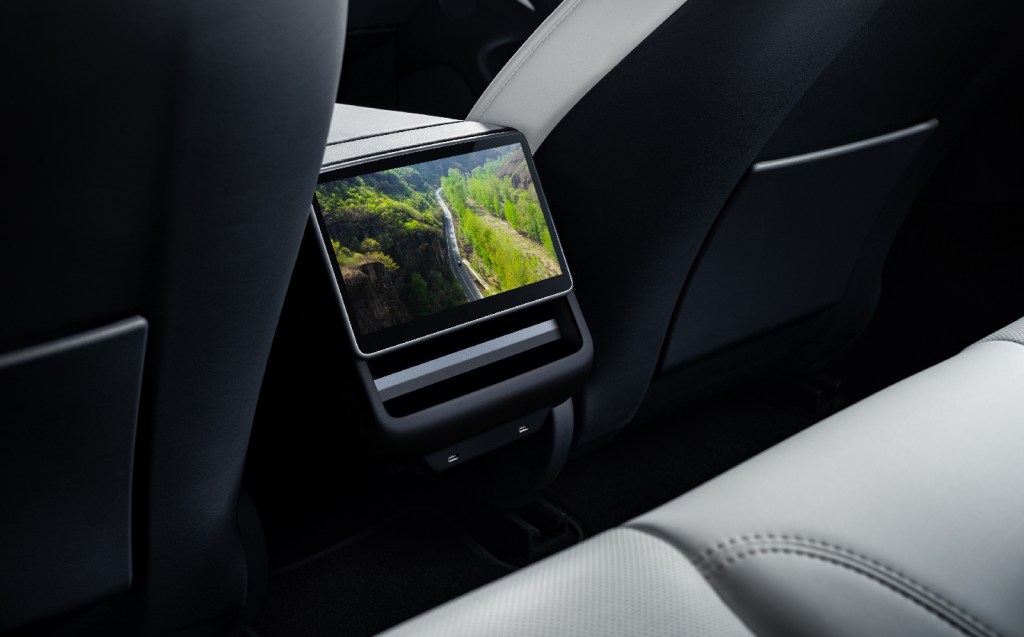
Rear passengers will never be bored, either. A new screen in between the front seats means those in the rear will be entertained on long journeys. As well as allowing them to adjust the air conditioning, they can watch TV and movies via apps for your favourite streaming services. It’s beautifully quick and simple; I tapped the Netflix icon, signed in and was up-and-running with Team Titans Go! in less than a minute. Disney+, Twitch and YouTube were also pre-installed.
What’s more, Bluetooth headphone connectivity means you’ll have peace and quiet on long runs. All Tesla needs to do now is add a glass screen between the front and rear areas for the full child-silencing experience.
Other good things include a cracking mobile app that seems to be able to “talk” to the car faster than any other I’ve tried, and an attractive minimalist cabin with new LED strip across its width and interchangeable facia panels, allowing a degree of personalisation.
The phone holder upfront is nicely angled towards the front passenger, which is handy if you want to use Waze navigation on your phone, and includes high-speed wireless charging — there’s a net battery gain even when using your phone for navigation. The phone does get a little hot, though.
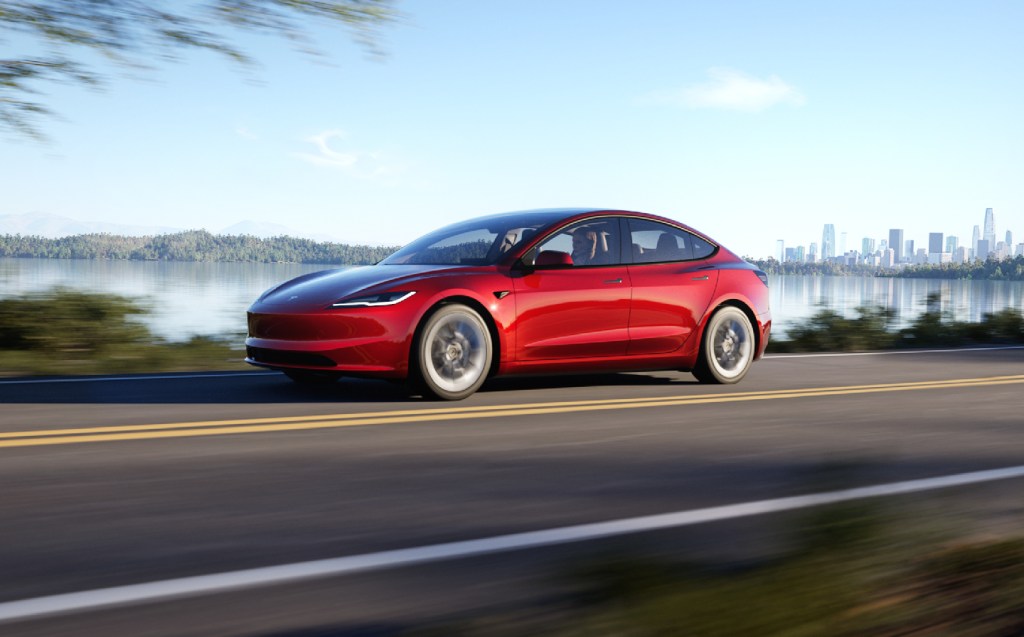
It also has very comfortable seats and a good driving position, if a little high for a saloon; a surprisingly capacious boot with extra underfloor storage (and more under the bonnet); heated rear seats; and USB-C sockets dotted around the cabin, two for those in the back. The only grumble with the rear is that the seats are low to the floor, meaning taller passengers will find their knees are above their hips.
Sadly, while the new Model 3 improves greatly on a car that was already pretty solid, none of its positive points would tempt me to join the Teslerati. For Elon’s acolytes there is no other option that comes close but there are plenty of people who’d consider anything else before a Tesla. I’d find it difficult to pick one over a BMW i4, Polestar 2 or Kia EV6 myself.
What car did my friend decide to go for? He’s booked himself in for an appointment at a Kia dealer to see the new EV9.
Will can now be found on Bluesky: https://bsky.app/profile/wdron.bsky.social
Related articles
- If you were interested in this review of the 2024 Tesla Model 3, check out our review of the Tesla Model Y
- Tesla plans affordable all-new car for 2025
- Elon Musk’s Tesla Cybertruck claims undone by engineer in YouTube video
Latest articles
- Aston Martin Valkyrie AMR-LMH hypercar hits track ahead of 2025 Le Mans challenge
- Porsche has begun testing the electric Cayenne
- Cupra Leon 272 eHybrid 2024 review: Bigger battery, better tech … but is it a Cupra?
- Porsche 911 GTS 2024 review: Hybrid heresy or more Stuttgart genius?
- Extended test: 2023 Vauxhall Astra Sports Tourer GS PHEV
- Ford Capri revival has faced a lot of flak… but are buyers put off? Here’s what visitors to the Festival of Speed had to say
- F1 2024 calendar and race reports: What time the next grand prix starts and what happened in the previous rounds
- ‘No timeframe’ for how long Volvo’s returning estate cars will be on sale in UK
- Kia Picanto 2024 review: Updates add spice to cute Korean city car


